Pathfinder
Capabilities
Easily Represent Demographic Data
Create reusable groups of characteristics such as size, shape, movement speed, and 3D avatar.
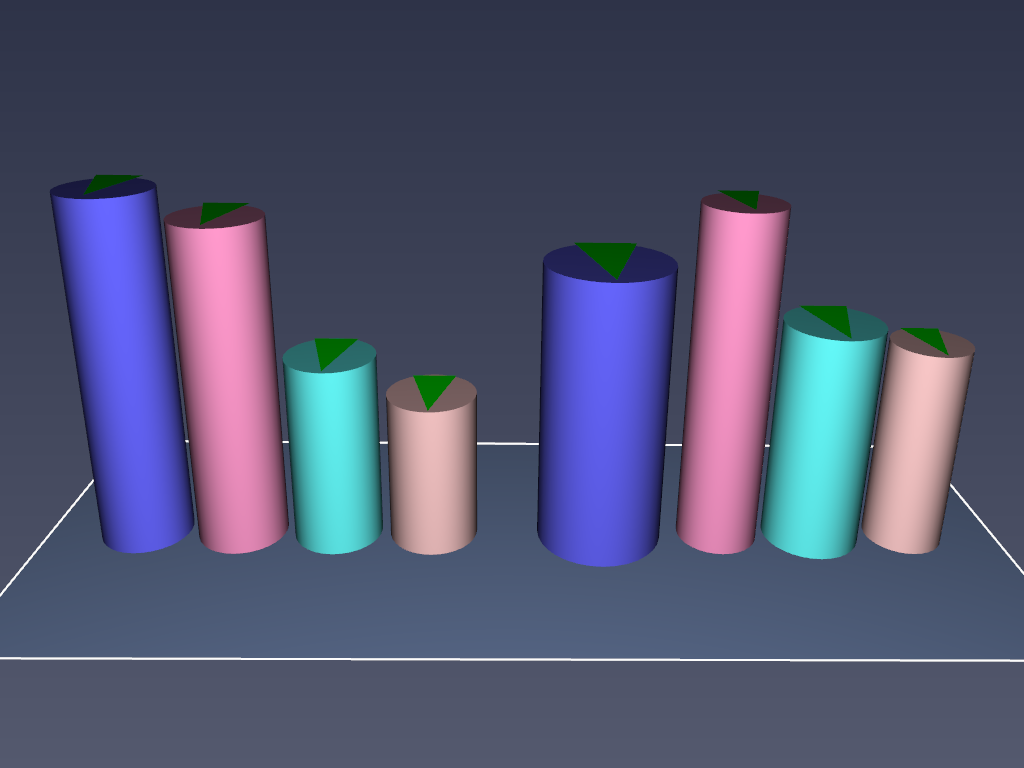
Simple Control of Guest Behaviors
Specify goals and actions for individual agents, including movement, orientation, and interactivity.

Efficient Admissions Configurations
Simulate ticketing booths, security checkpoint, and other entry configurations to ensure smooth flows and reduce congestion.

Circulation and Environmental Decision Making
Model standard pedestrian circulation and trigger spontaneous actions in areas such as shopping spaces, stadiums, and other venues.

Plan Responses to a Wide Range of Threat Incidents
Improve your incident response plans by modeling dynamic and static threats in Pathfinder.
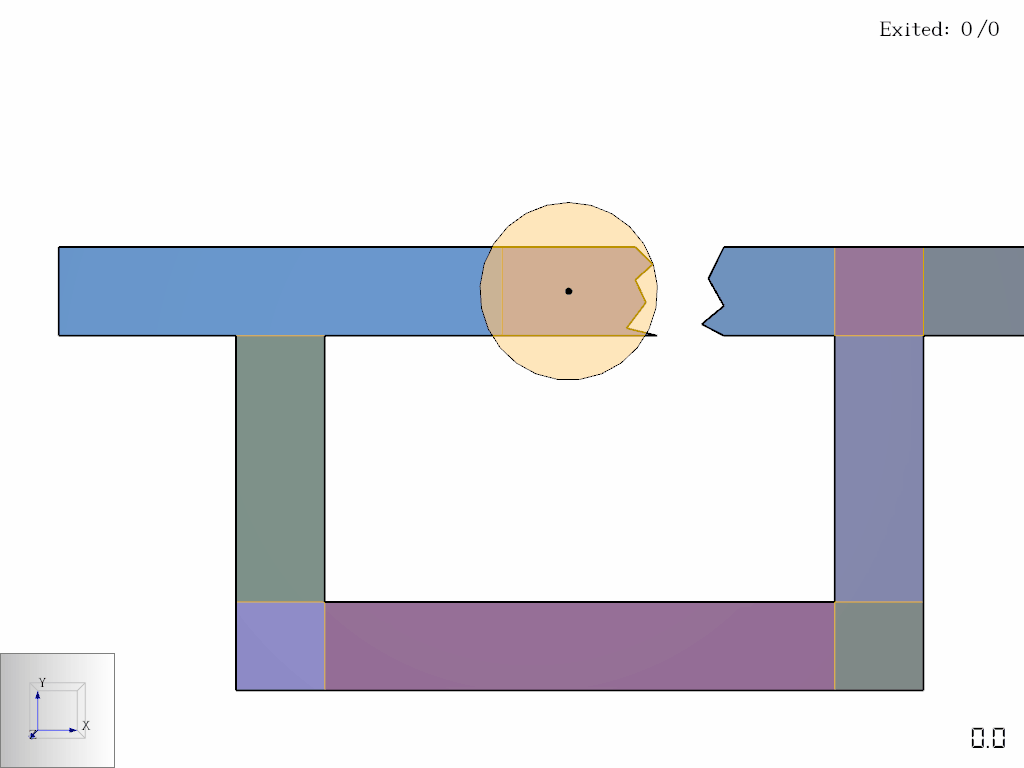
Analyze Occupant Tenability in Fire Emergencies
Determine visibility and Fraction Effective Dose (FED) exposure risks to attain and exceed applicable evacuation tenability standards.
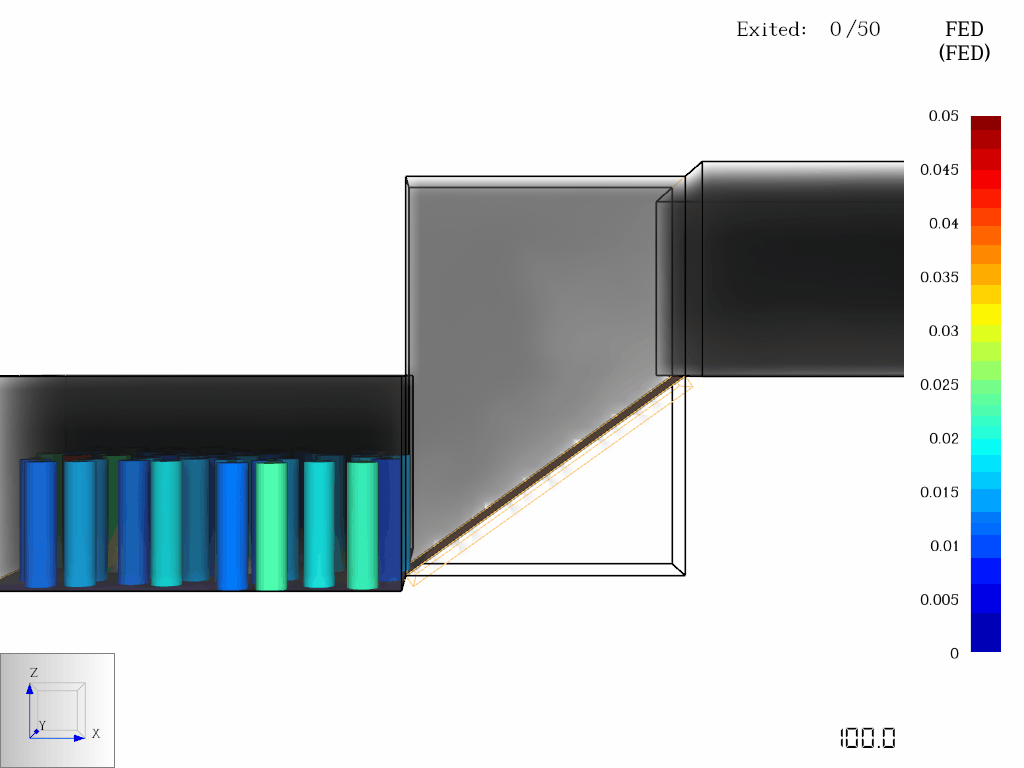
Easily Import Existing Geometry
Utilize existing geometry files to streamline your movement modeling in Pathfinder, with support for IFC, DXF, DWG, PDF, and more.
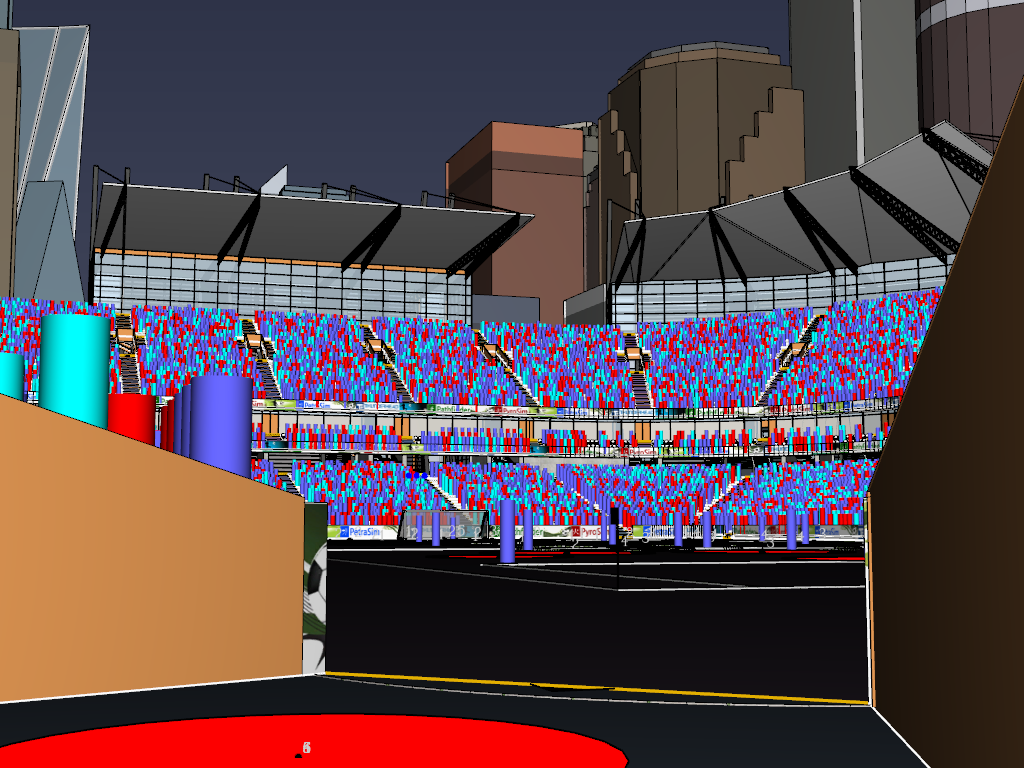
Quickly Create and Run Multiple Scenarios
Working within a single Pathfinder file, modify base geometry and movement characteristics to create and run all your modeling scenarios. Additionally, introduce procedural randomization using Monte Carlo variations.
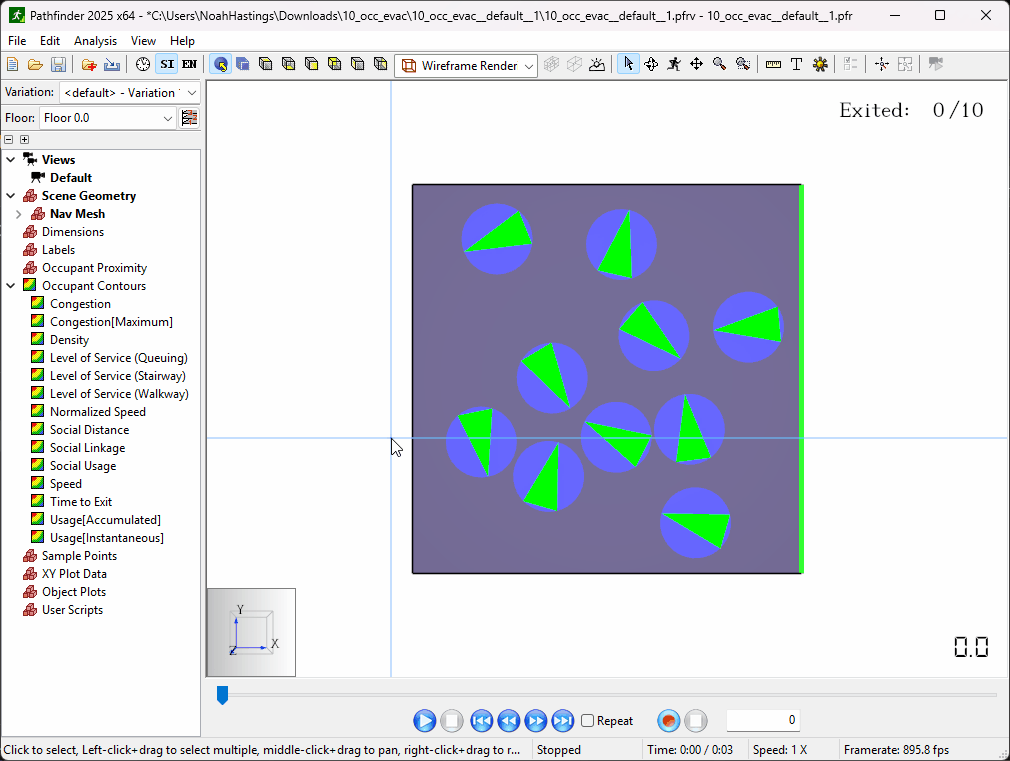
Visualize Data and Generate Reports
View and analyze the output of your simulations quickly using the results viewer. Create screenshots, generate plots, and prepare assets for your reports.
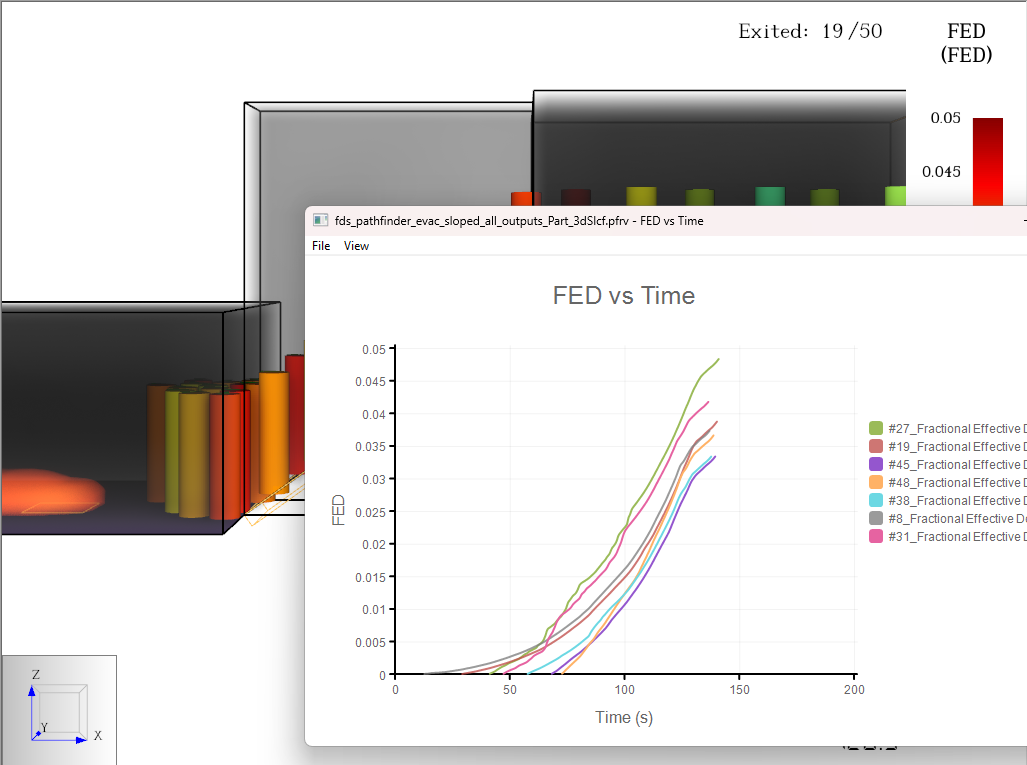
Unlock Limitless Possibilities
The scripting APIs and advanced output formats in our poweruser toolkit enable the modeling of even the most advanced scenarios.
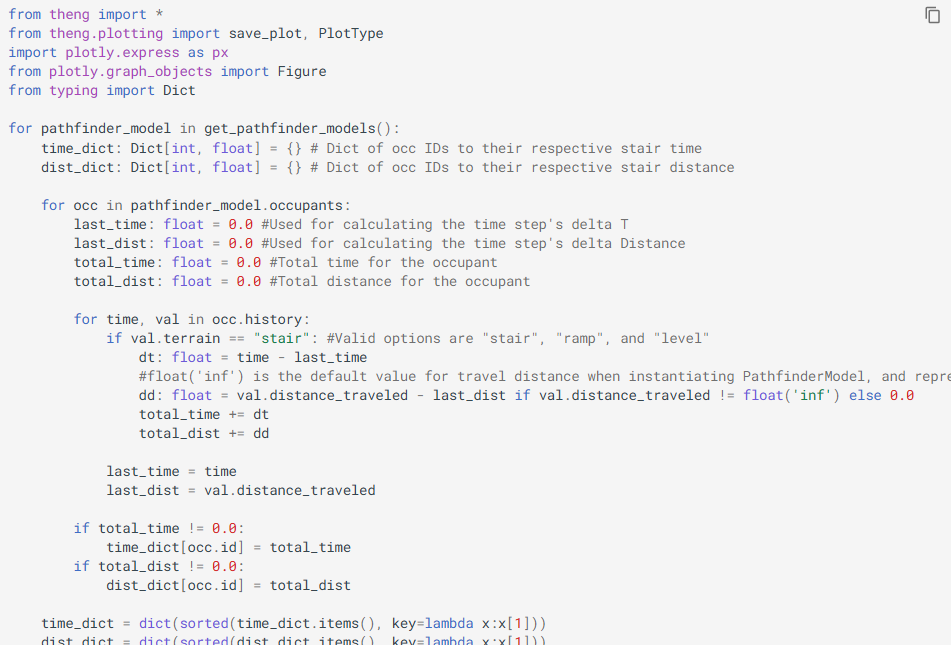
Get the Industry Leading Movement Simulation Tool
Invest in a powerful ally that empowers you to deliver innovative and effective movement designs, while saving time and resources.
- Reduce project costs
- Analyze data quickly
- Communicate quickly with clients
- Create better designs